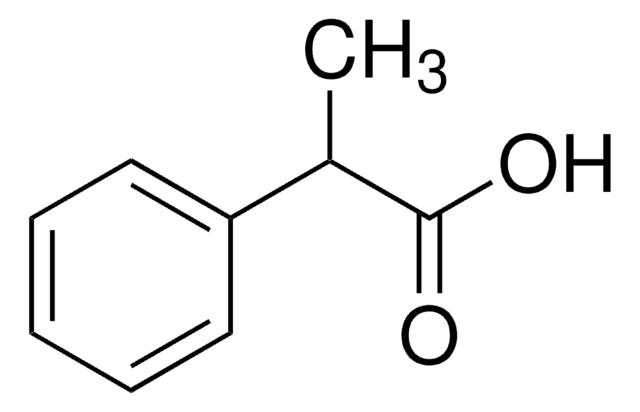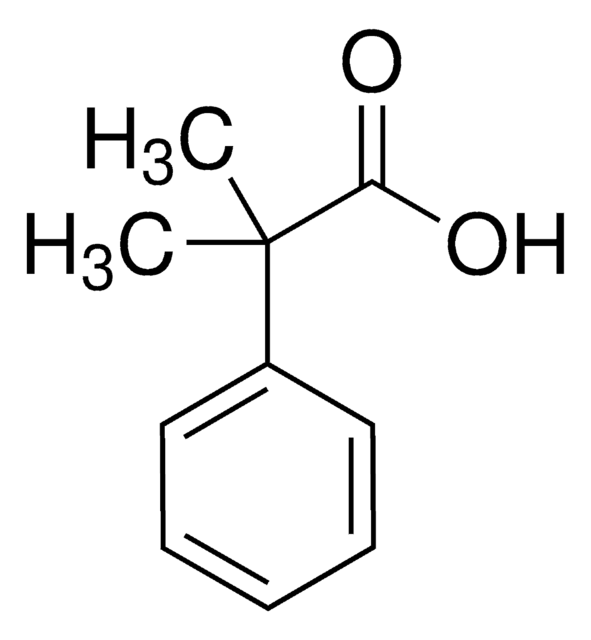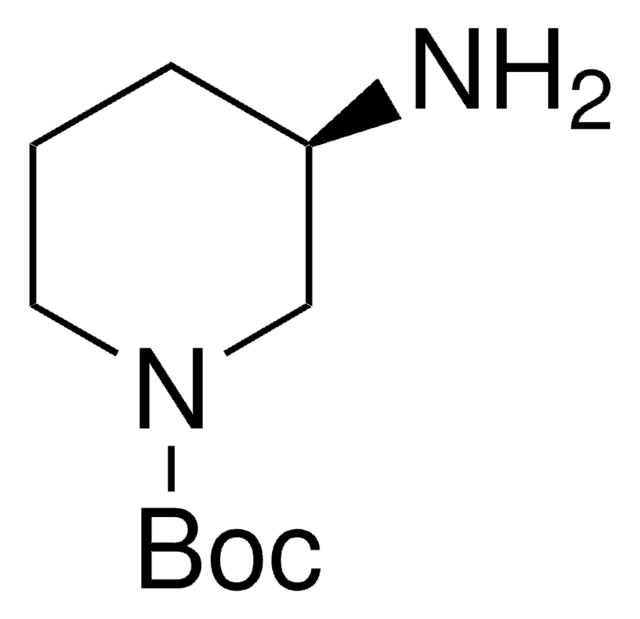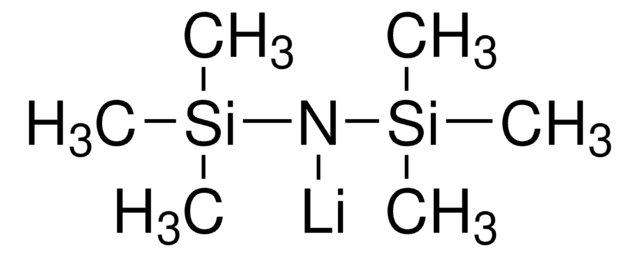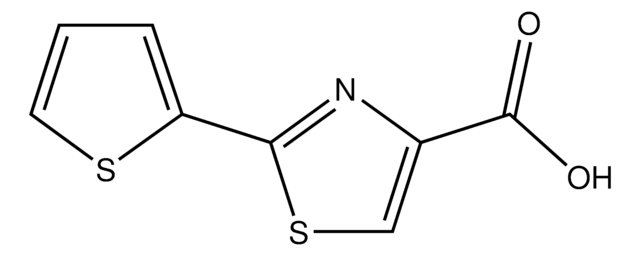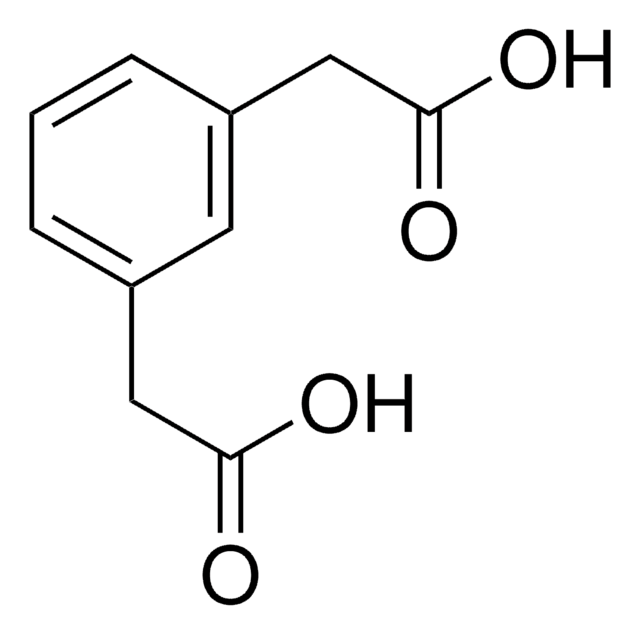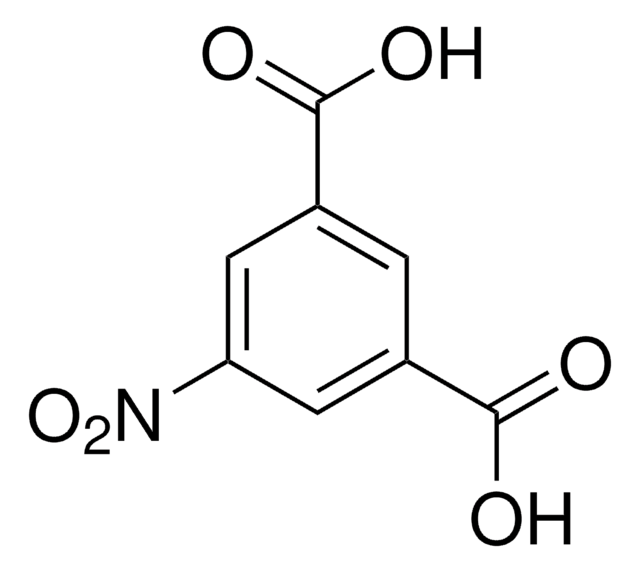D211605
2,2-Diphenylpropionsäure
95%
Anmeldenzur Ansicht organisationsspezifischer und vertraglich vereinbarter Preise
Alle Fotos(2)
About This Item
Lineare Formel:
CH3C(C6H5)2CO2H
CAS-Nummer:
Molekulargewicht:
226.27
EG-Nummer:
MDL-Nummer:
UNSPSC-Code:
12352100
PubChem Substanz-ID:
NACRES:
NA.22
Empfohlene Produkte
Assay
95%
Form
powder
bp
300 °C (lit.)
mp (Schmelzpunkt)
172-175 °C (lit.)
SMILES String
CC(C(O)=O)(c1ccccc1)c2ccccc2
InChI
1S/C15H14O2/c1-15(14(16)17,12-8-4-2-5-9-12)13-10-6-3-7-11-13/h2-11H,1H3,(H,16,17)
InChIKey
ODELFXJUOVNEFZ-UHFFFAOYSA-N
Verwandte Kategorien
Signalwort
Warning
H-Sätze
Gefahreneinstufungen
Eye Irrit. 2 - Skin Irrit. 2 - STOT SE 3
Zielorgane
Respiratory system
Lagerklassenschlüssel
11 - Combustible Solids
WGK
WGK 3
Flammpunkt (°F)
Not applicable
Flammpunkt (°C)
Not applicable
Persönliche Schutzausrüstung
dust mask type N95 (US), Eyeshields, Gloves
Hier finden Sie alle aktuellen Versionen:
Besitzen Sie dieses Produkt bereits?
In der Dokumentenbibliothek finden Sie die Dokumentation zu den Produkten, die Sie kürzlich erworben haben.
R K Gordon et al.
Molecular pharmacology, 36(5), 766-772 (1989-11-01)
Quantitative structure-activity relationships between pharmacological activities and physical properties of a series of 2,2-diphenylpropionate compounds were used to define the topography of the antagonist binding site of muscarinic receptors. XICAMM, a computer molecular modeling program, was used to calculate geometrical
N Toyomura et al.
Bioscience, biotechnology, and biochemistry, 64(3), 610-612 (2000-05-10)
A variety of 2,2-diphenylpropionate derivatives with an amino substituent were synthesized and their effects on larval growth of the silkworm, Bombyx mori, were examined by dietary administration. Of the compounds tested, 3-(4-ethylpiperazin-1-yl)propyl 2,2-diphenylpropionate (3) caused significant prolongation of the larval
T F Holzman et al.
Biochemistry, 20(19), 5524-5528 (1981-09-15)
We have found a new class of inhibitors of the bacterial bioluminescence reaction, the N,N-diphenylalkylamines and acids. We have studied the action of one of these compounds 2,2-diphenylpropylamine. The amine was competitive with the long-chain aliphatic aldehyde substrate (Ki congruent
Unser Team von Wissenschaftlern verfügt über Erfahrung in allen Forschungsbereichen einschließlich Life Science, Materialwissenschaften, chemischer Synthese, Chromatographie, Analytik und vielen mehr..
Setzen Sie sich mit dem technischen Dienst in Verbindung.